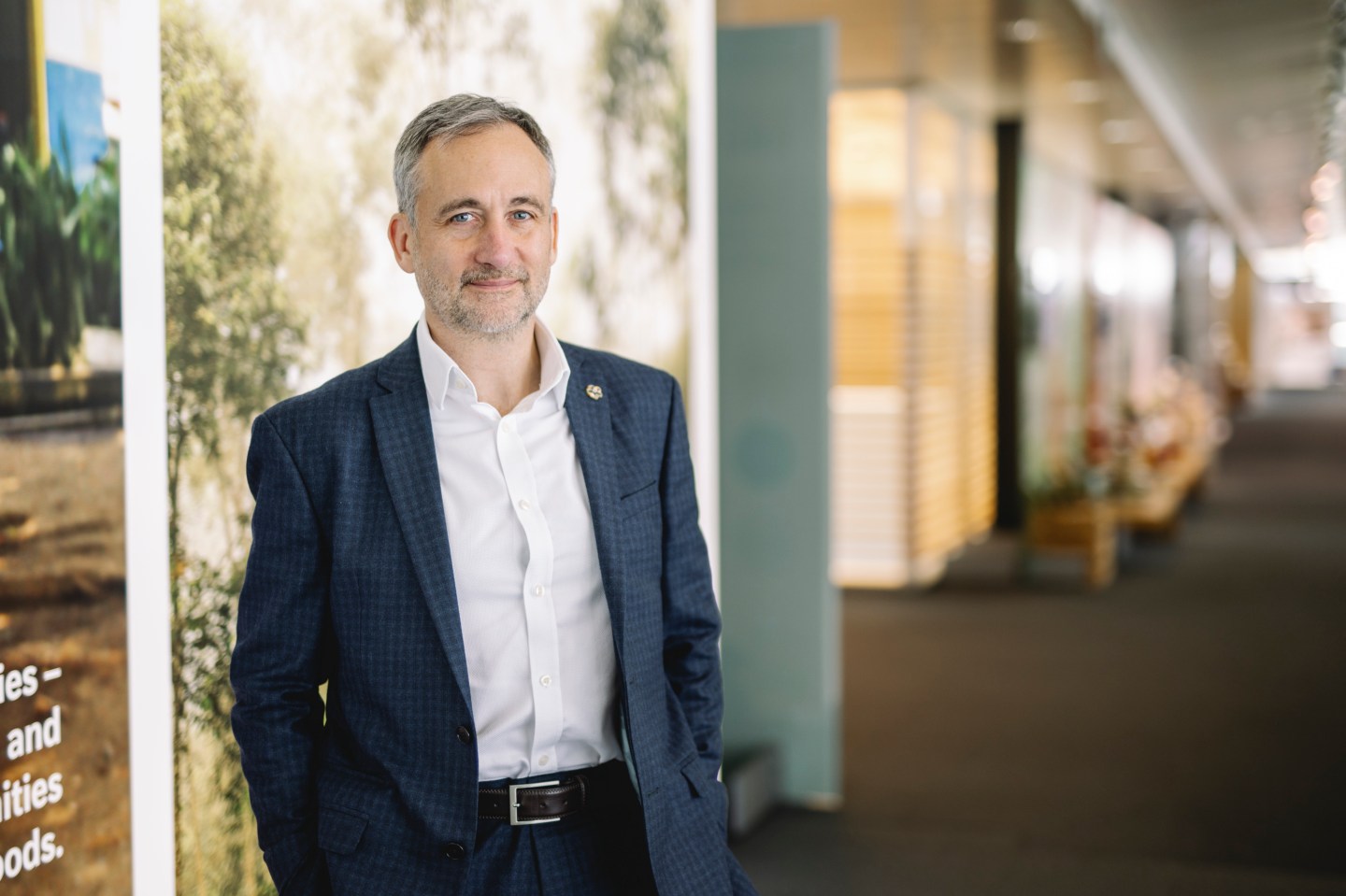Good morning.
One of the toughest tasks for any chief executive is managing the dual challenge of controlling costs while finding new ways to innovate and grow. Earlier this week, I teamed up with Fortune CEO Alan Murray for a roundtable discussion with CEOs to hear how they’re striking a balance. Joining us to co-host the conversation was Paul Goydan, a managing director and senior partner at BCG.
Goydan has spent a lot of his career helping leaders transform their operations to solve tough problems. The need to invest and experiment with AI has created a need for rapid cost reduction, too. “I don’t think we understand where technology will be in five years,” he says, “so we want to drive savings and efficiency. We need to do it surgically because we have growth areas. How do we create a supply chain and manufacturing footprint that can be cost effective and survive these geopolitical challenges?”
Some insights from other leaders:
The first and most important thing for us in cost management is managing complexity. We have so many innovation avenues that we could chase everything. We’re pared back our R&D portfolio into things we have to do now, and things we can do later.
Jim Hollingshead, President & CEO, Insulet Corporation
You have to make sure you bring everybody along because it’s not going to be clear to everybody else in the organization what this change means to you.
Liz Gehringer, President & CEO, Anywhere Franchise Brands, Anywhere Real Estate
Our mission is really to provide more competition for the Department of Defense. Be a little more agile, a little faster, a little more innovative, and a little more affordable …We took a pause there because we were trying to track down microelectronic chips and parts and paying expediting fees, and it was all about meeting our customer commitment.
Christopher Kubasik, Chair and CEO, L3Harris Technologies, Inc.
Probably around 30% of our warehouses are high-technology driven, with large amounts of automation…It’s been really a super winner for us, particularly over the last two years, as wage inflation has really rocketed.
Malcolm Wilson, CEO, GXO Logistics
If you’re just pursuing cost reduction, I think you’re actually just going to create a sucky company that nobody wants to do business with. I don’t enjoy those companies that have leveraged AI so far that I literally can’t get a human being.
Mary Powell, CEO and Director, Sunrun
Instead of a five-year plan, I like that word ‘blueprint’ a little bit better because everyday things change. Adaptability is key.
David Shaffer, President, Director, and CEO, EnerSys
For generative AI, we’ve set up a small but mighty team that’s working across the organization, focusing on sharing best practices around AI. The first one is around experience. The second one is around efficiencies, and the third one is around exploration.
Doug Howe, CEO, Designer Brands
When we started the journey about five years ago, we were offering over a 100,000 SKUs. We’ve now taken 80% out, which is a huge complexity reduction. We had 550 legal entities. We’ve taken that to half … We’re creating AI personas that then can create virtual focus groups. It won’t replace a human focus group, but it will enable us to do initial screening much faster and much more effectively.
Christopher Peterson, President and CEO, Newell Brands
We have an unsustainable health care delivery model in this country...We as an industry have had to turn the mirror inward…I think the main lessons that we’ve taken away and applied are the need to focus on disruptive innovation and transformation of our industry.
Richard ‘Chip’ Davis, Chief Executive Officer, Rochester Regional Health System
Cost controls are in our DNA, but no one can cut their way to glory. We have to grow…And so you’ve got to do that by making investments…About 8% to 10% of our fleet is refurbished trucks. We internalize our own maintenance, do it ourselves. That also makes it very cost-focused and resilient.
Michael Battles, Co-Chief Executive Officer, Clean Harbors, Inc.
More news below.
Diane Brady
@dianebrady
diane.brady@fortune.com
TOP NEWS
Apple antitrust
The Department of Justice’s antitrust investigation targets a key debate in the tech sector: Is it better to have open platforms or a more tightly-scripted, yet exclusionary “walled garden”? The DOJ argues that Apple exerts excessive control over the iPhone ecosystem, protecting profits at the expense of consumers. Apple says the lawsuit sets a “dangerous precedent” and gives the government “a heavy hand in designing people’s technology.” Fortune
Boeing’s customers go to the board
Airlines are going straight to Boeing’s board to complain about the planemaker’s safety crisis. Boeing CEO Dave Calhoun will reportedly not take part. The Federal Aviation Administration is concerned about the safety culture at Boeing following an audit into the company and its suppliers. Bloomberg
Bad bureaucracy
Bayer CEO Bill Anderson blames the company’s corporate bureaucracy for some of its strategic woes in a Fortune opinion piece. “Our internal rules for employees span 1,362 pages…[employees] are trapped in 12 levels of hierarchy,” he writes. The German company is also struggling with expiring patents on some of its most popular products, high debt, and litigation costs over the weedkiller Roundup. Fortune
AROUND THE WATERCOOLER
Boomers and Gen Xers are betting on a retirement ‘mega-trend’ that could transform the workforce—and when employees leave their jobs by Alicia Adamczyk
Renault CEO calls for post-World War II style ‘Marshall Plan’ to halt Tesla-killer BYD’s onslaught by Ryan Hogg
Elizabeth Warren unloads on Elon Musk, urging SEC chief Gary Gensler to probe pathway for ‘Tesla to channel money to X’ by Amanda Gerut
Over a third of American workers would consider quitting if their CEO’s politics don’t align with their own by Emma Burleigh
This edition of CEO Daily was curated by Nicholas Gordon.
This is the web version of CEO Daily, a newsletter of must-read insights from Fortune CEO Alan Murray. Sign up to get it delivered free to your inbox.














